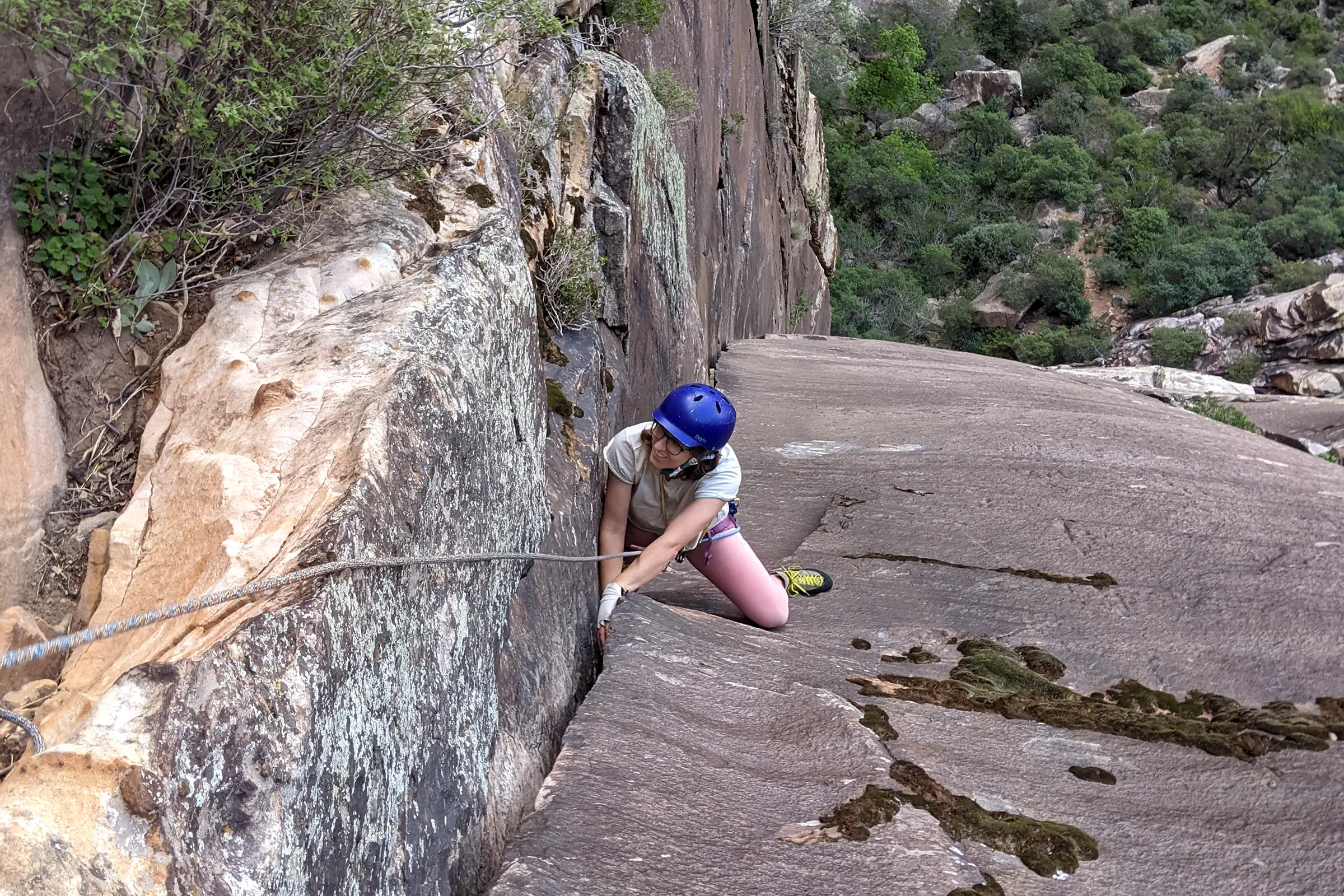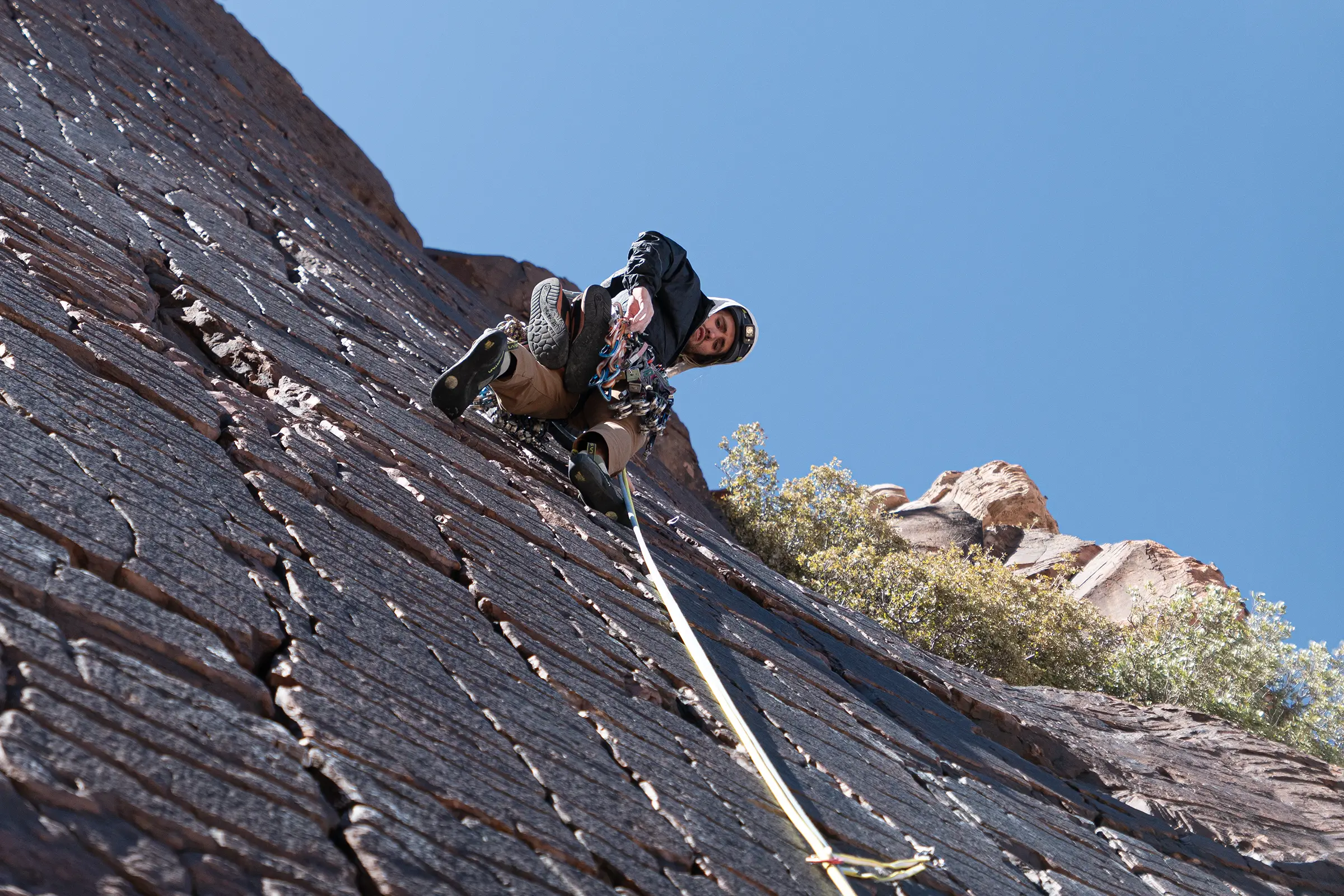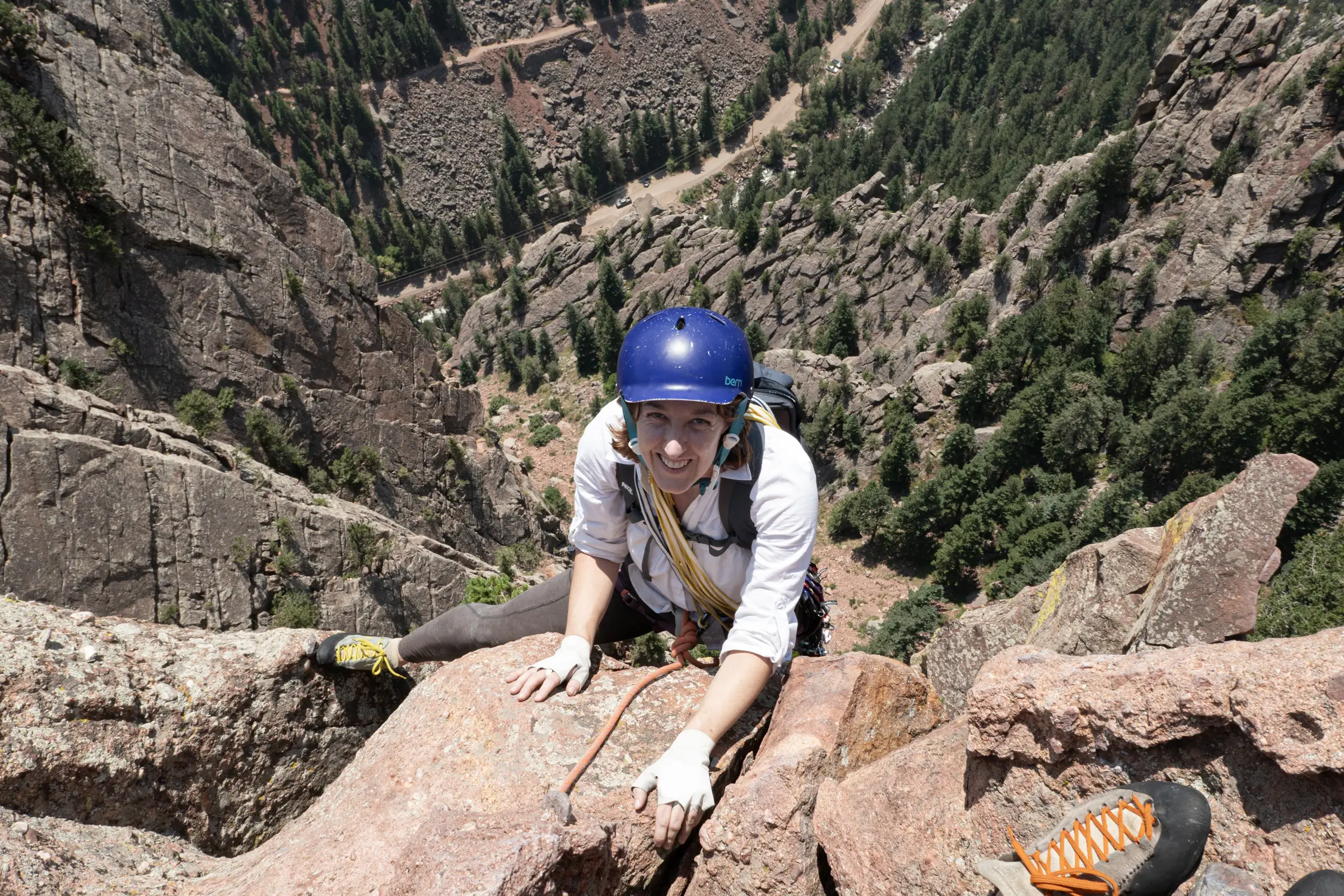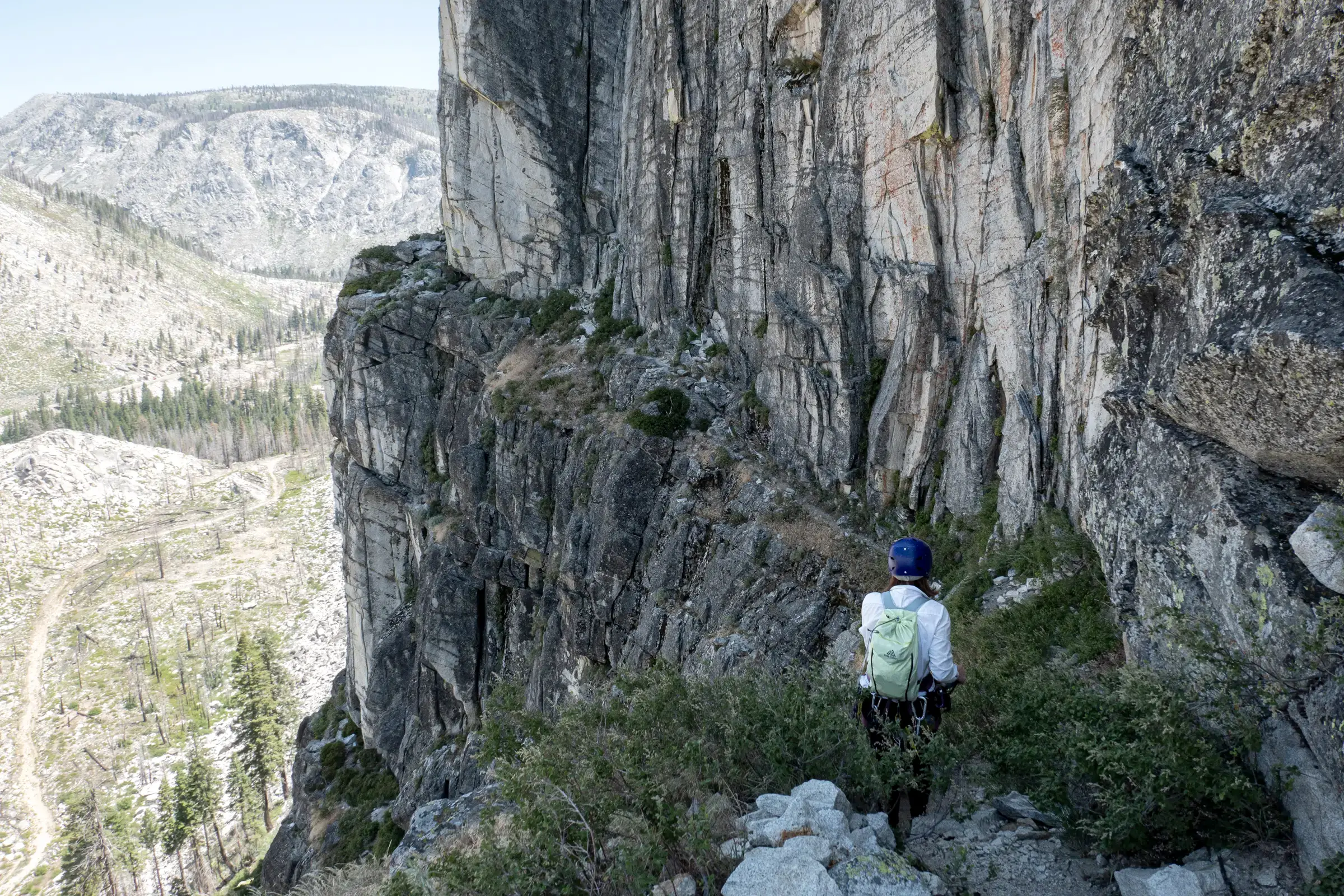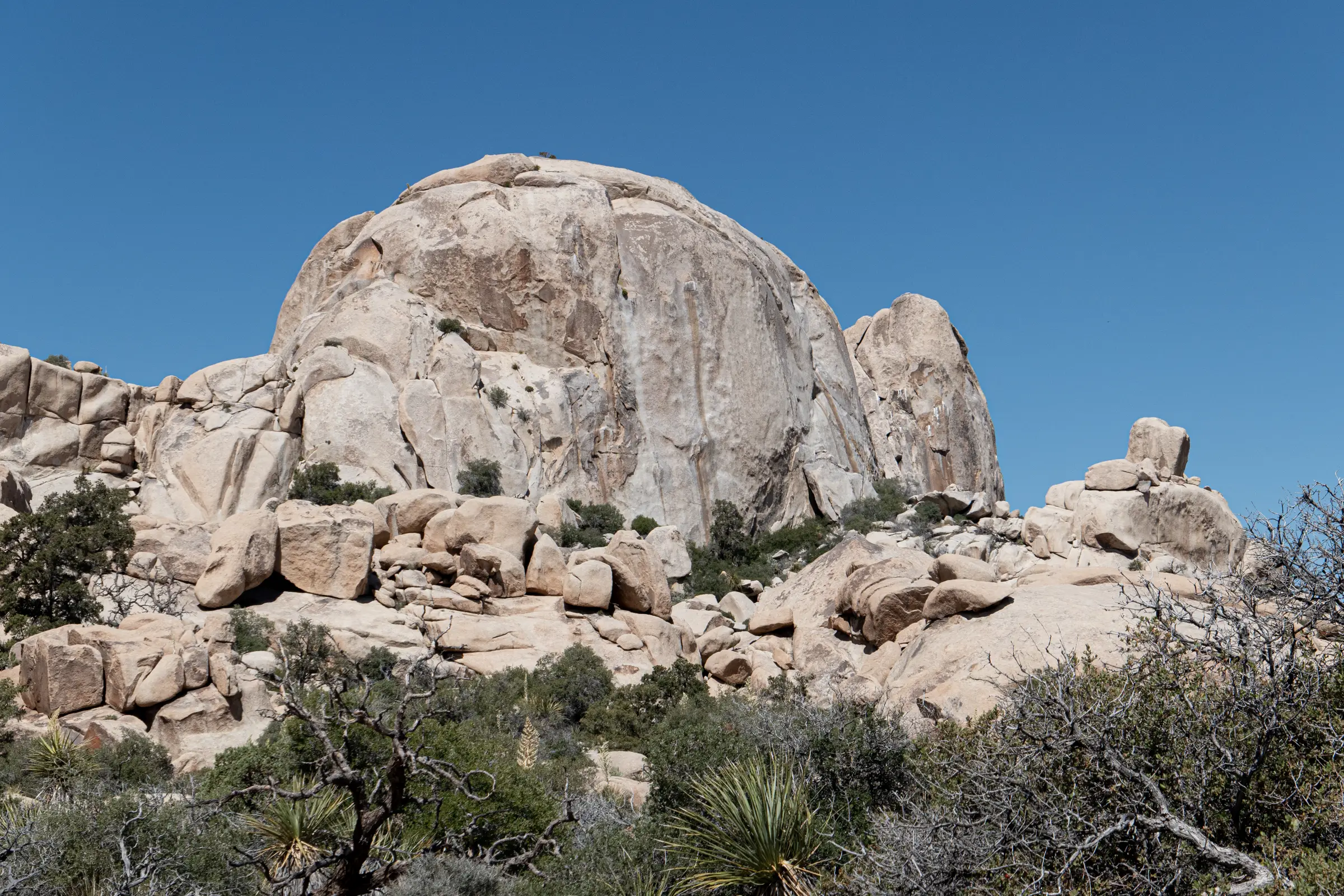When I finally catch a glimpse of my cams passing by, the rope is still loose. Which means I’ve got plenty more falling to do. This is all to be expected though, as I definitely signed up for this. The rope finally pulls tight, which means now I’ve just got to ride out the stretch. When I finally come to a stop the reality sinks in: I’m gassed and I’m going to have to climb that section again.
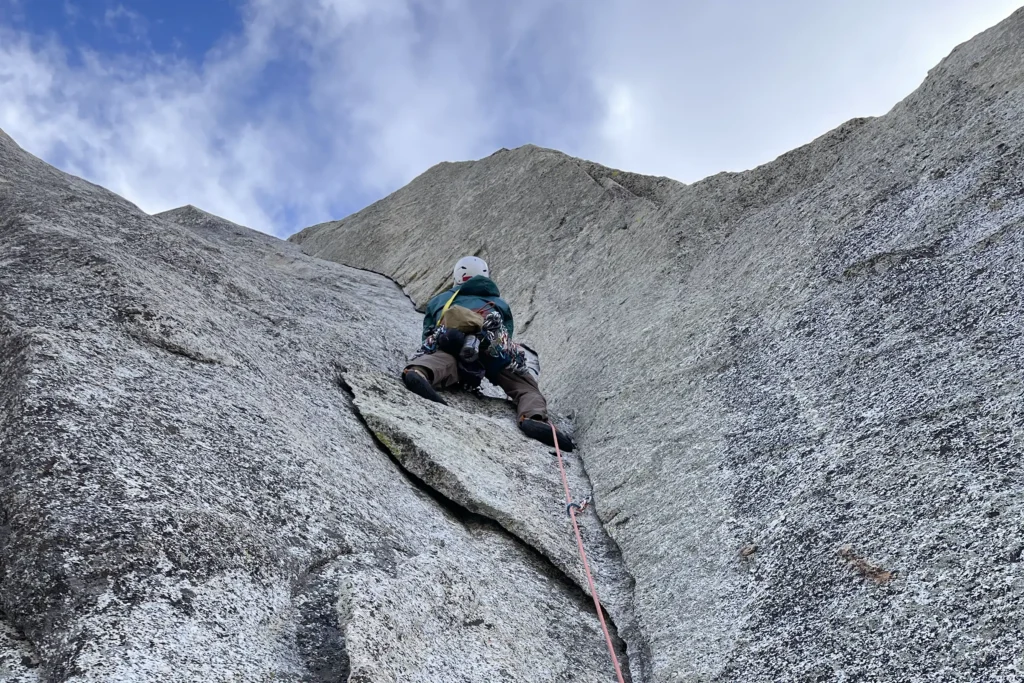
The fall went perfectly, but I have to convince Luke that I’m ok. He couldn’t believe we weren’t dealing with a medical issue. I couldn’t believe he thought it was a big deal. I guess I’m just dramatic when I fall.* I know I wasn’t wearing pads, but as far as longboarding falls go, this would only be a one out of ten on the ‘yikes’ scale.
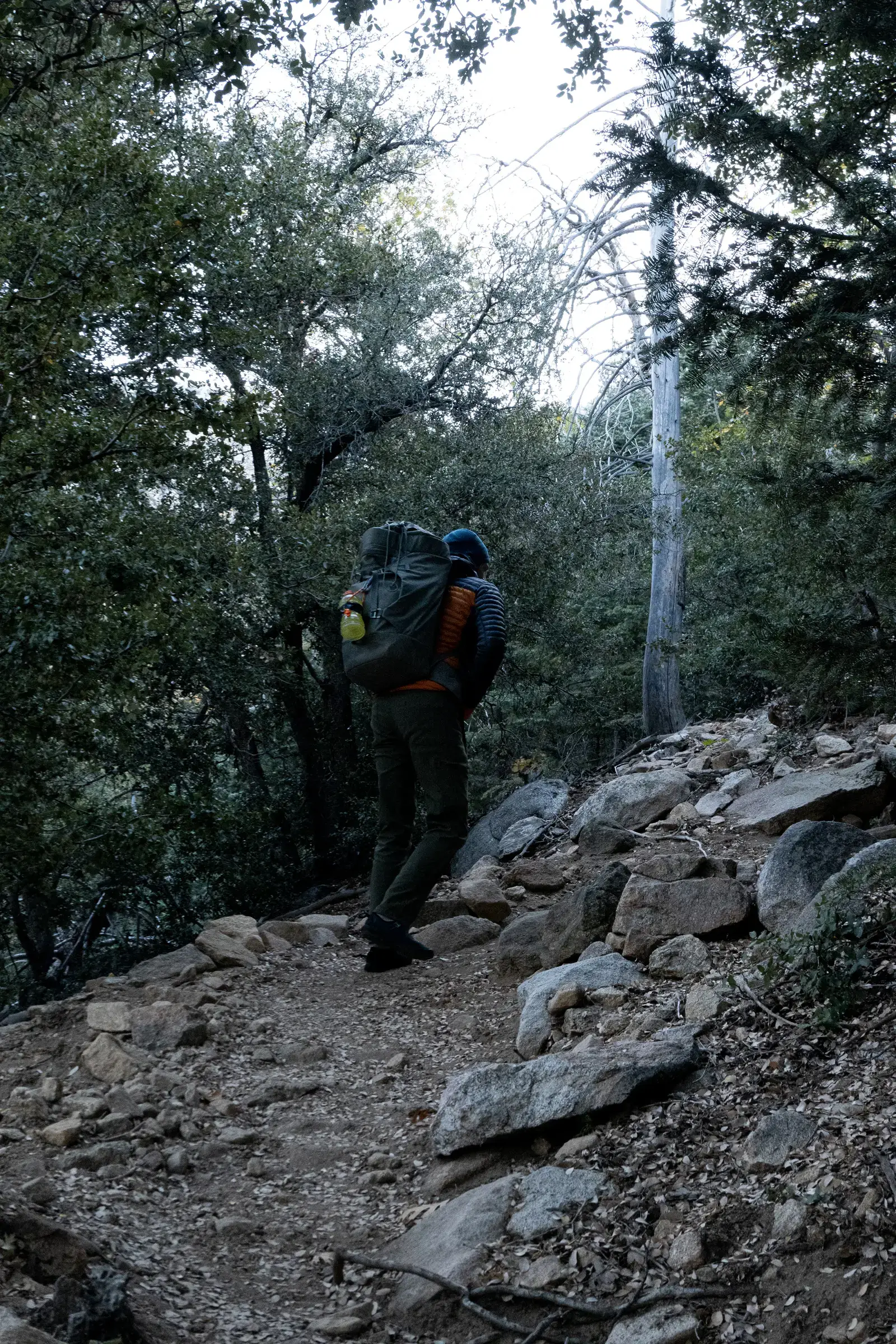
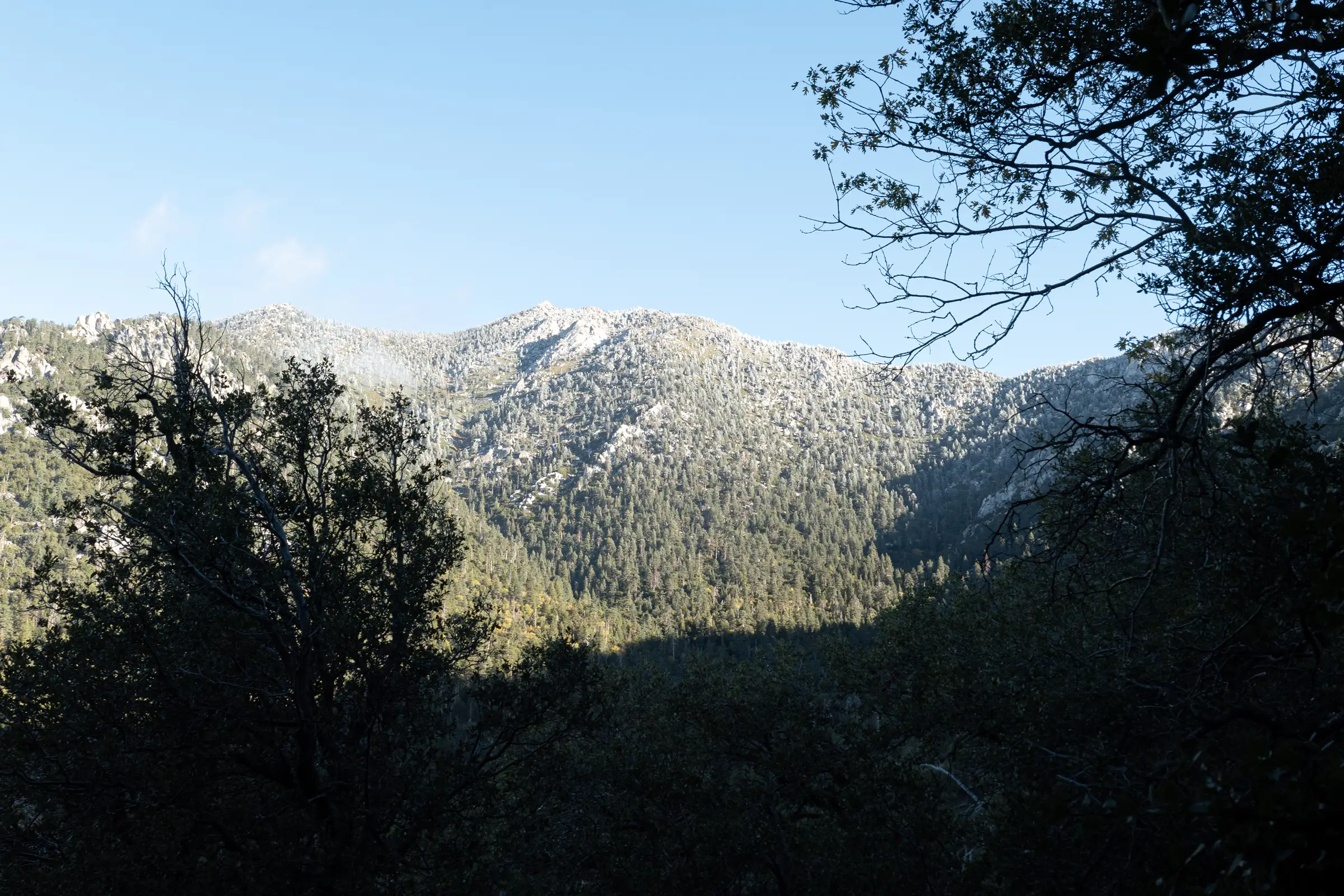
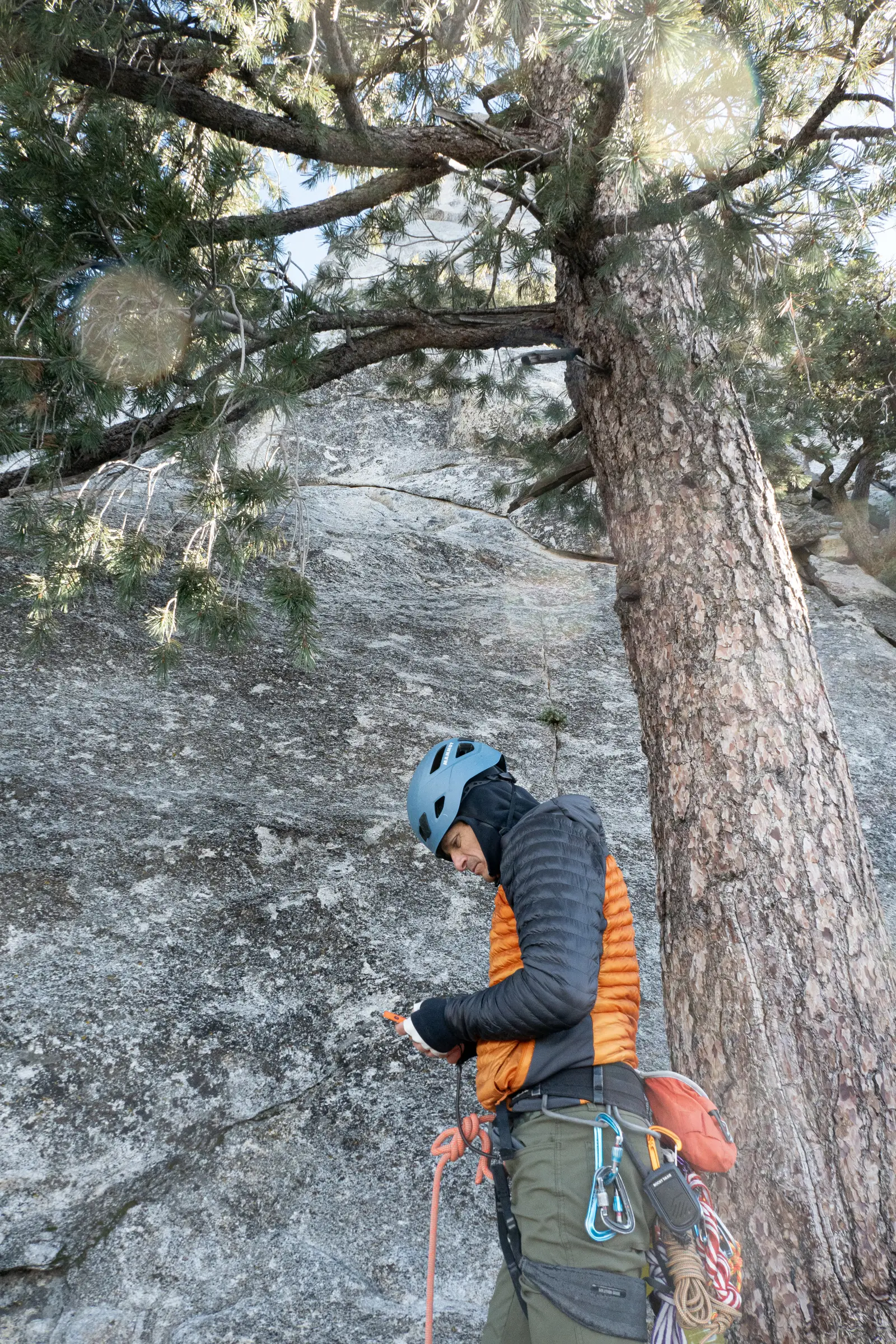
Today we were attempting the most accessible 5.10 at Tahquitz, El Camino Real. We started hiking early on a cool and frosty morning, with dustings of snow visible on the upper ridges. Pitch one was a meandering wander, in which I didn’t manage to find the 5.10 section. Luke then took a rather spicy 5.9 slab pitch to Jungle Ledge. Now I was attempting to power through the 10a lieback pitch of El Camino Real. Lieback is definitely my weakness.
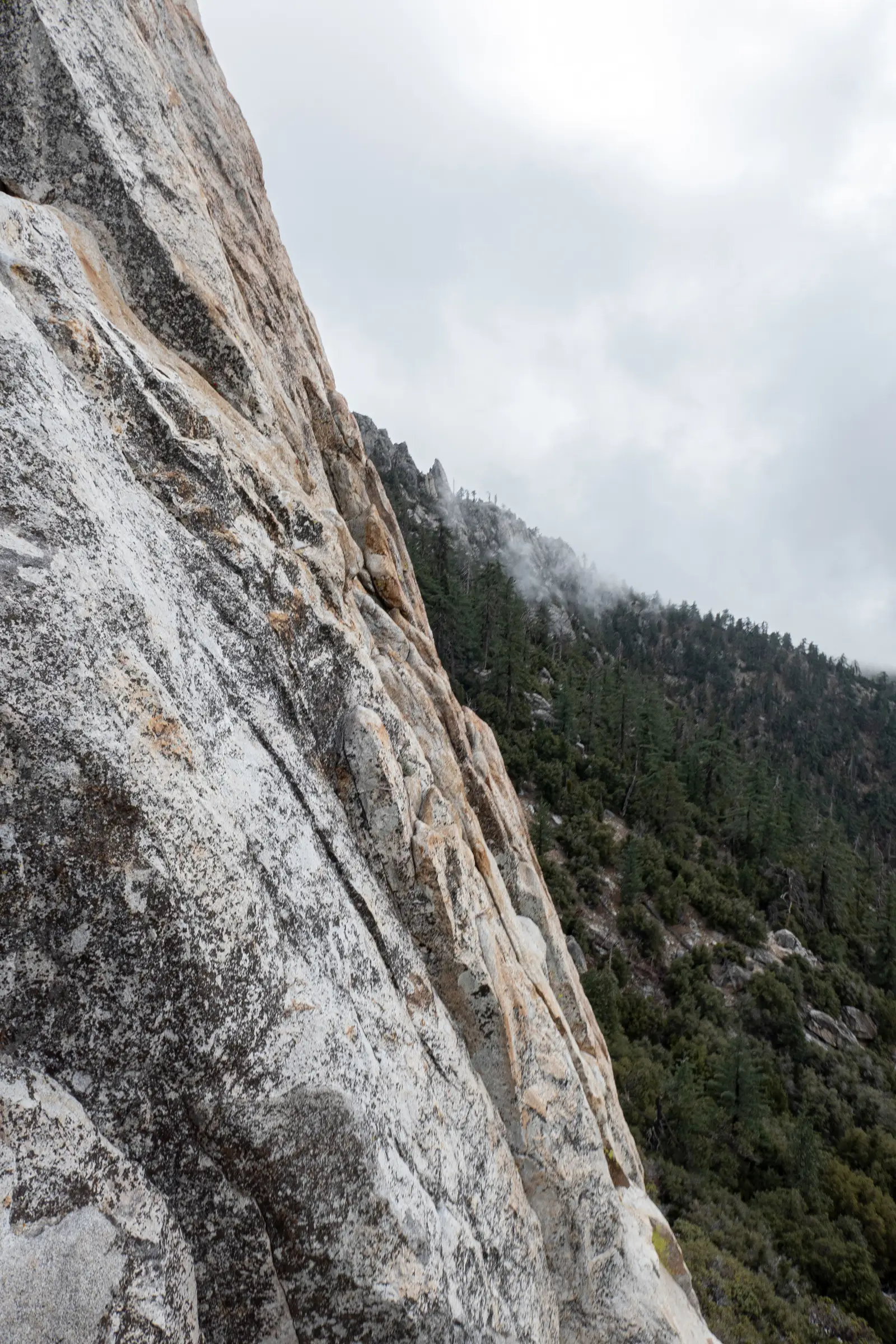


After the first big whip, the sting of so much lost ground forces me to reconsider my strategy. I tremble and shake my way through getting in a few more cams before bolting for the top again. Another smaller whip (and then a rest), and I gain some more ground. It really is a feat of strength, and falls come with no warning. A slight mismatch of muscle tension between my feet and my core, and a foot pops right off, and away I go.
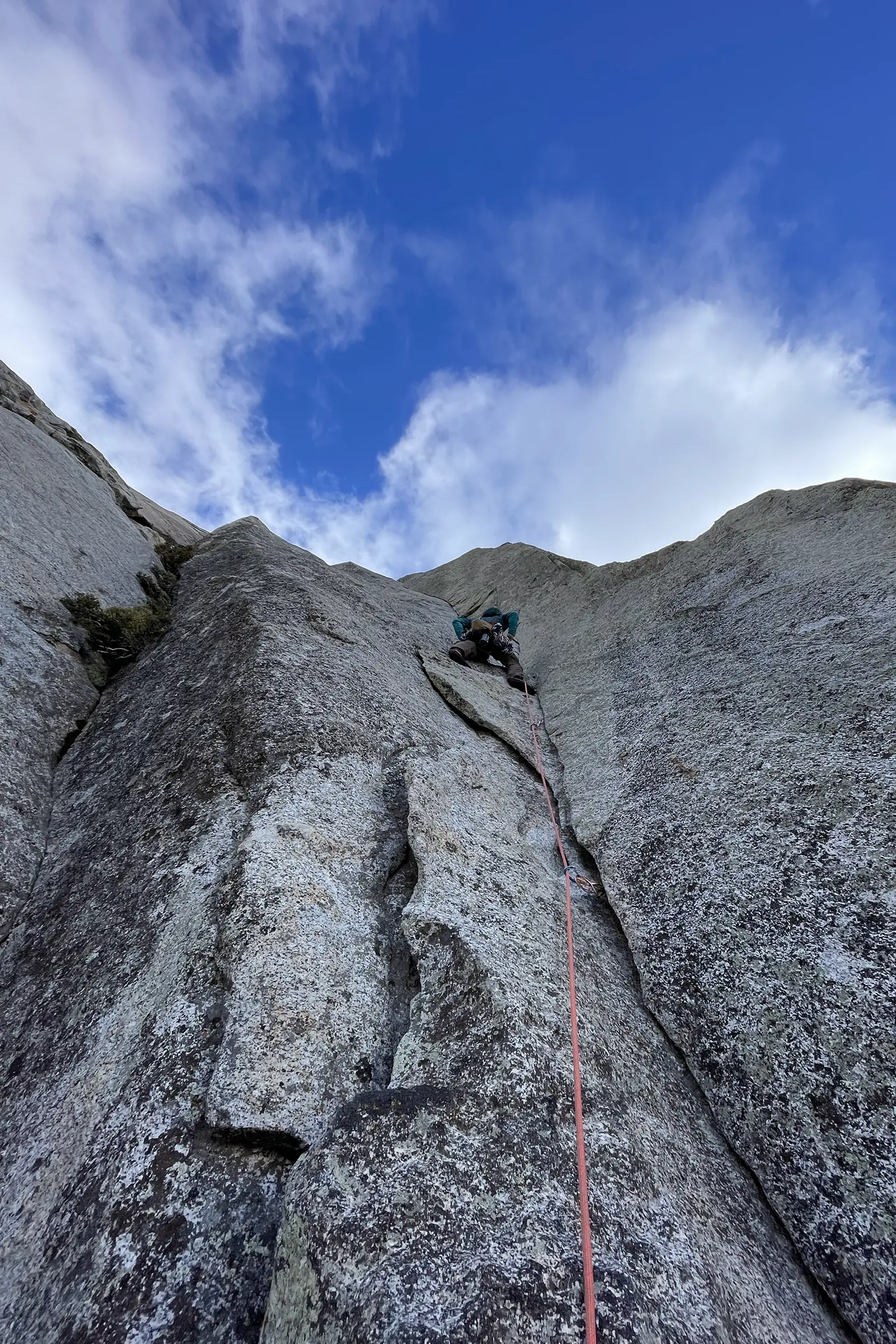
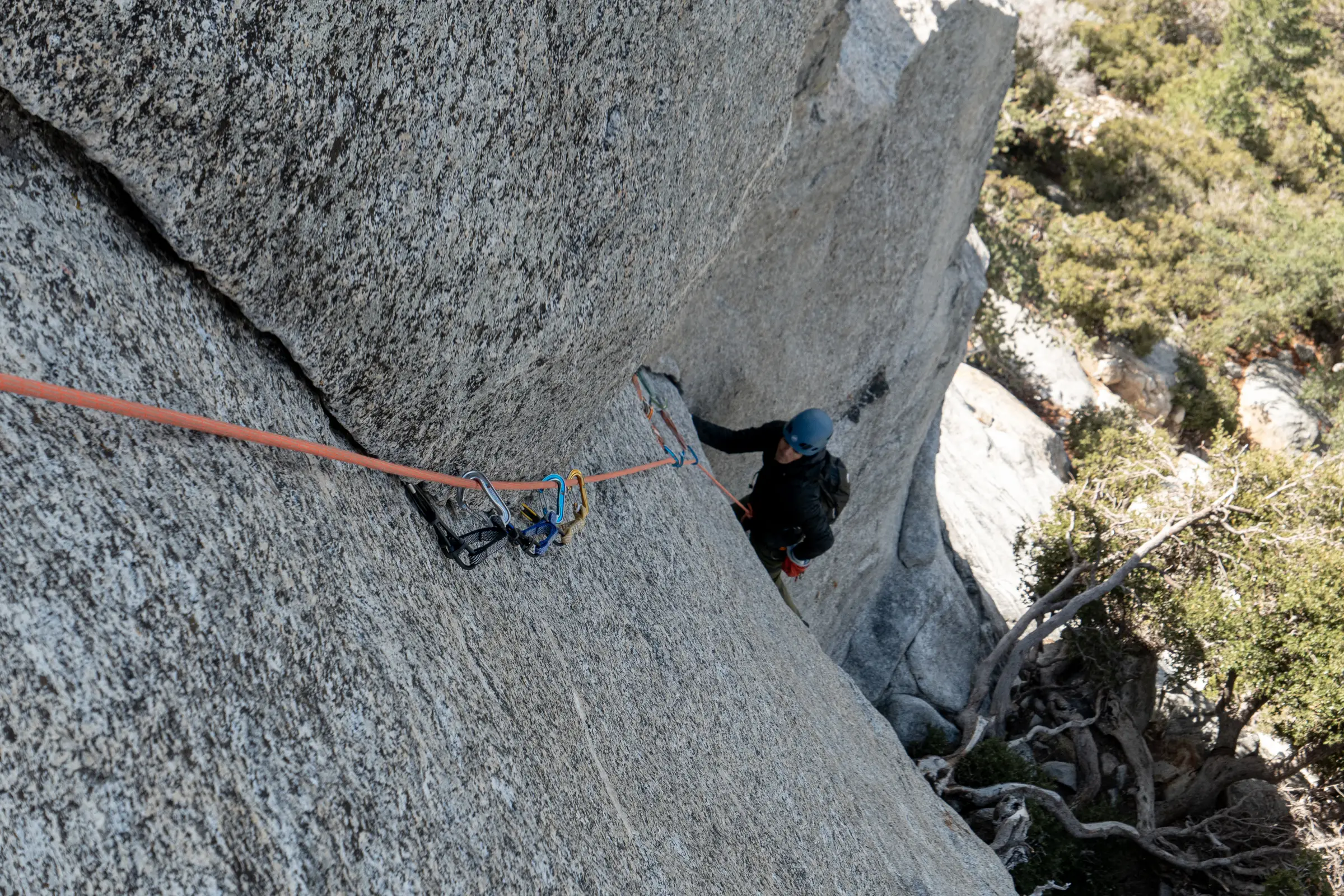


The difficulty eases, before going to tiny finger tips, and then back to spacious fingers. A foot or two from the ledge my left foot slips again, pops off the wall, and with everything left in me I counterbalance and refuse to come off. The last three moves seem like they should be secure, but they’re not. And I finally flop onto the ledge. Standing up to clip a draw to the chains feels like the hardest move I’ve done yet. Then I lie down for a few before building an anchor and bringing Luke up.
Luke sailed the pitch. Not too fast, not too slow, with steady even progress. He also shares my aversion to lieback, which makes the clean send a real accomplishment. It was no gimme though, and like me, he needs a few moments to recover from the strenuous endeavor.
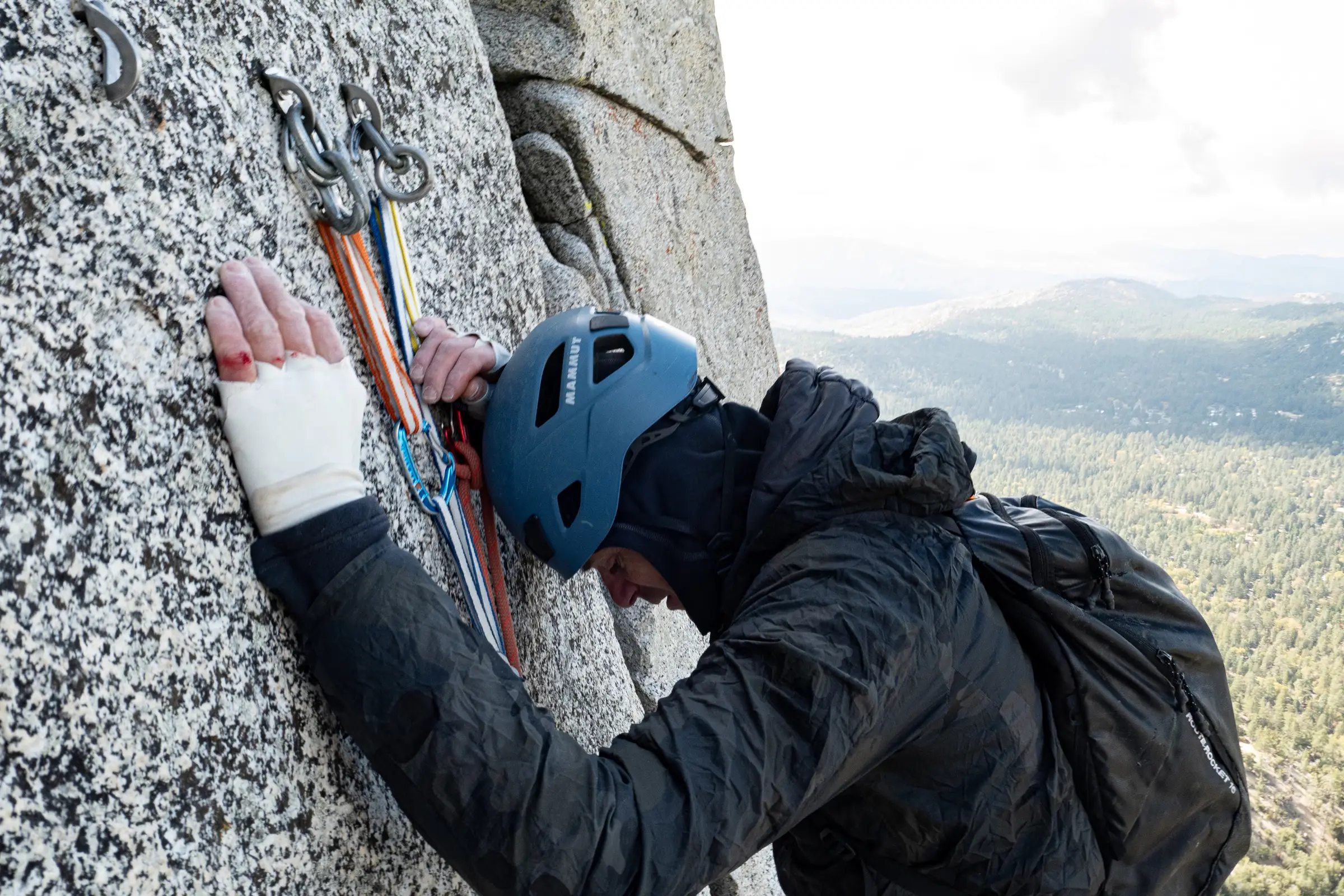

Luke had hoped to revisit the second pitch of Coffin Nail, and we were in a perfect position to do that. Initially we thought we’d rap down and do the pitch, but as we rounded the corner we met up with another climber Michael, who was arriving at the first belay getting ready to bring his partner up. So we all conferred and decided to lower Luke for a quick top rope attempt in order to stay out of their way. He cruised it easily, while placing and removing his own directionals, and left him wondering why it gave him trouble the first time. Maybe 40 feet of sustained 5.10 lieback puts it in perspective, lol.

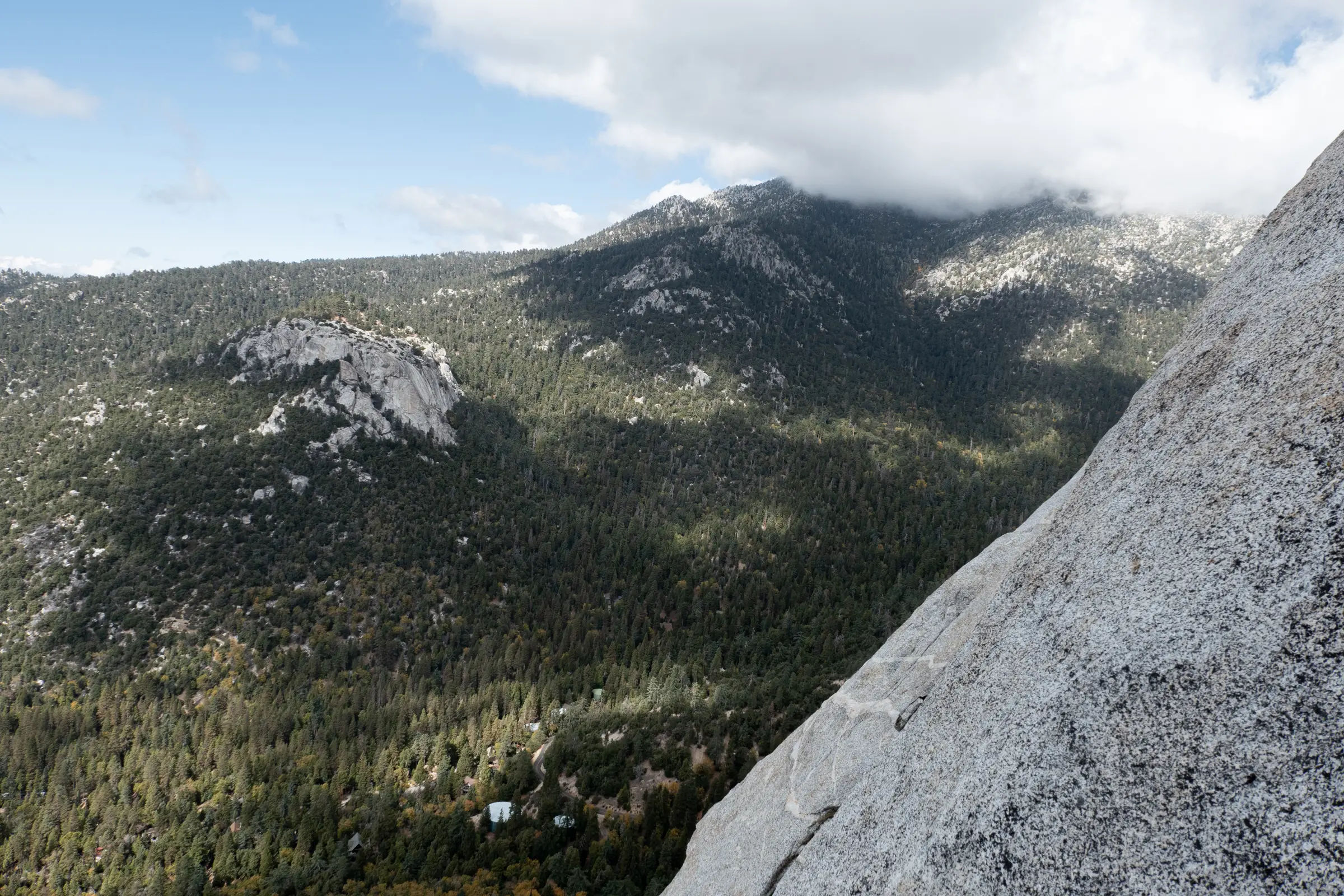
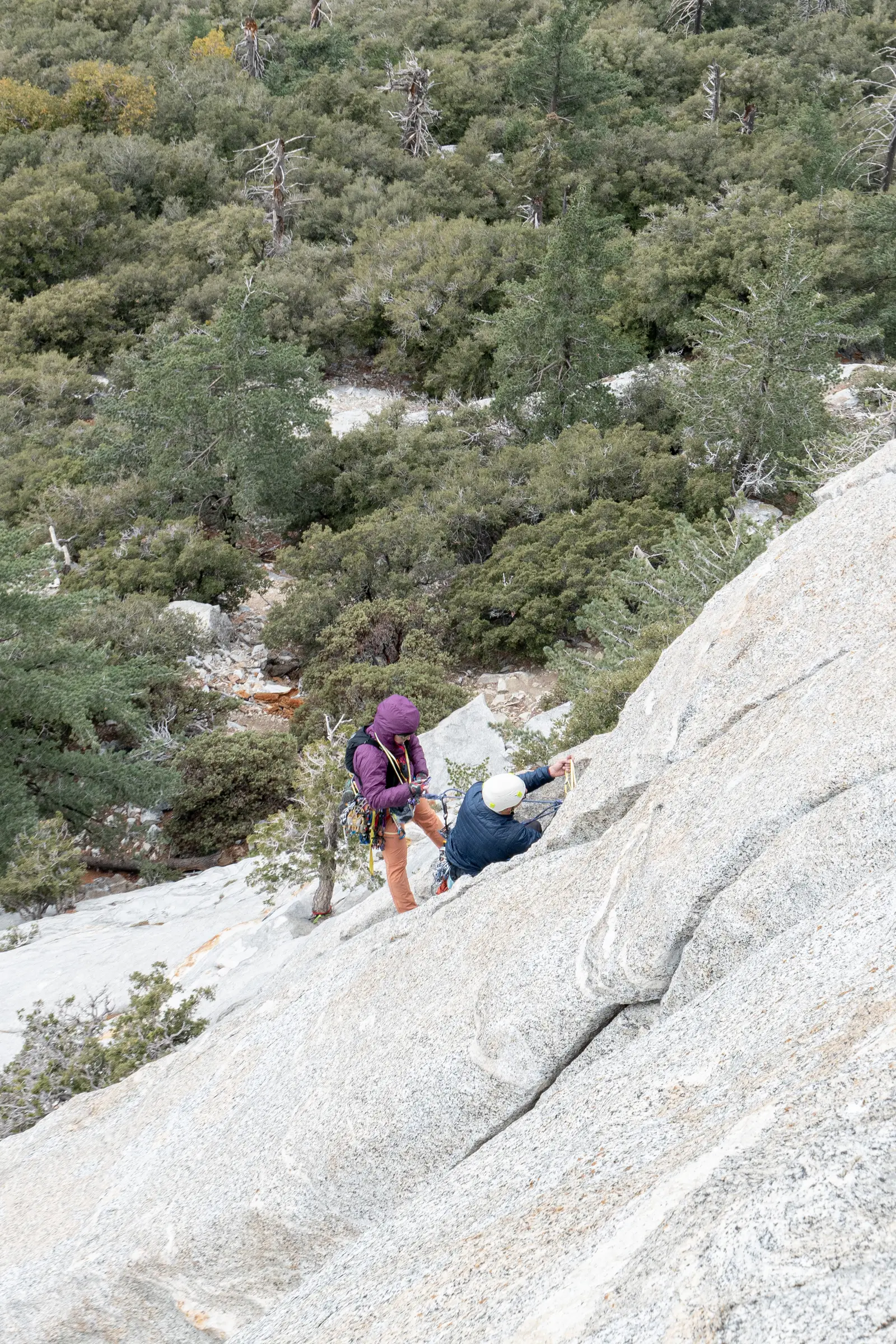
After the brief diversion Luke graciously offered me the lead to take us up and off via Traitor Horn. I got a tremendous spook trying to cross the slippery ramp to the base of the horn, and was feeling flummoxed before even attempting the crux. Probably should have reset the belay closer to the horn, since the possibility of hitting the ramp from the horn seemed too likely with all the meandering rope I had out behind me. But I was feeling ready to top out, so after a brief rest on a piton, I went for it. Of course it was all there, but that ramp below feels way too close. I put a #2 in the crack above the horn in an attempt to keep the rope out of the crevice, but Luke ended up climbing the corner crack (10a) rather than ask for a bunch of slack in order to do the horn proper.

I think it would probably be best to set a belay below and across from the horn, and then one just above it in order to do it properly. You could probably build an anchor in the crack above and then extend a tether and sit your butt right above to horn to create a better experience for the follower. Maybe the rope could get run around the Open Book side of the horn itself? That way a follower would swing away from the wall and ramp instead of into it. The amount of slack necessary to get over to the horn puts you in an awkward situation with the ramp below. It’s only 5.8, but it feels like a no-fall zone.
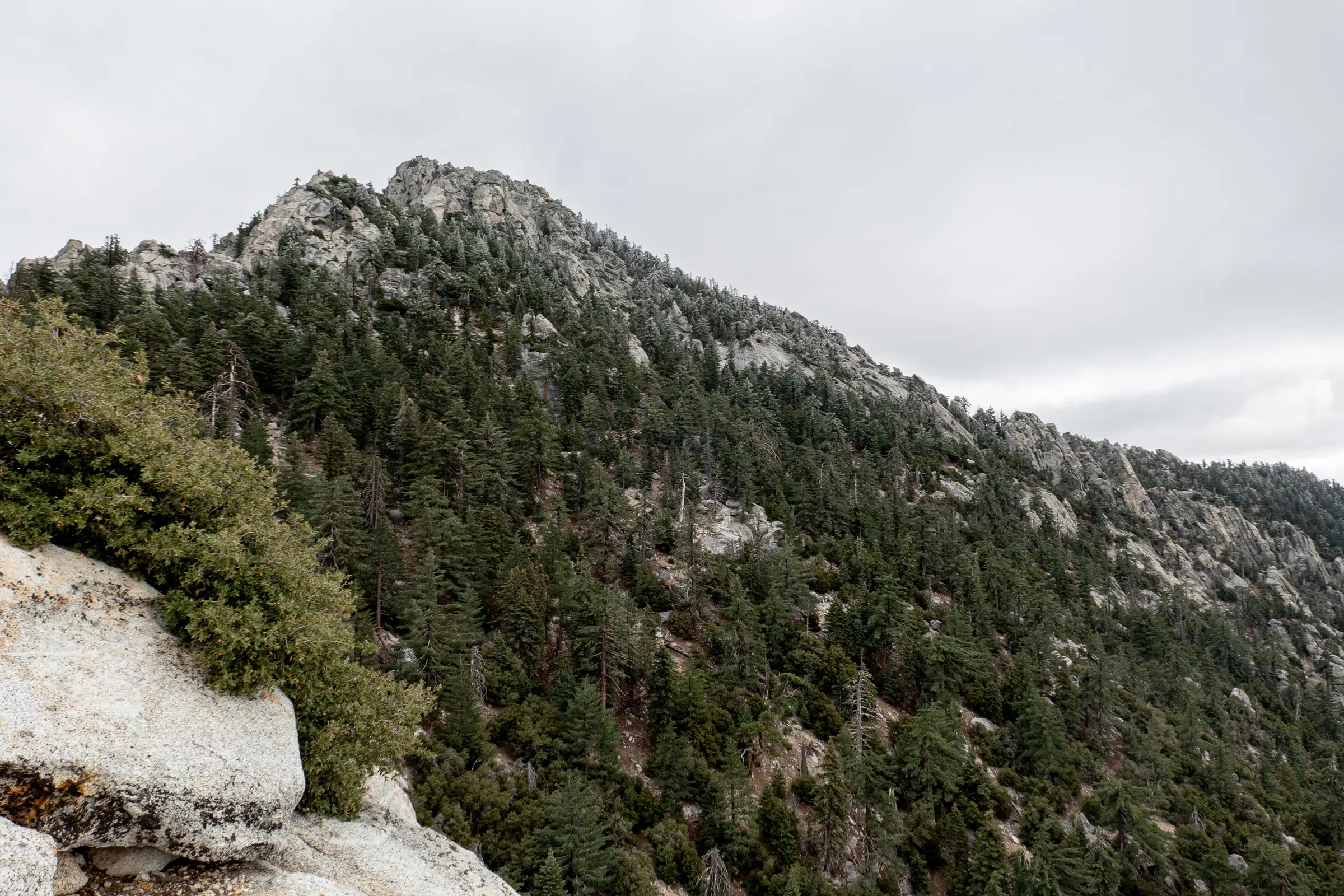
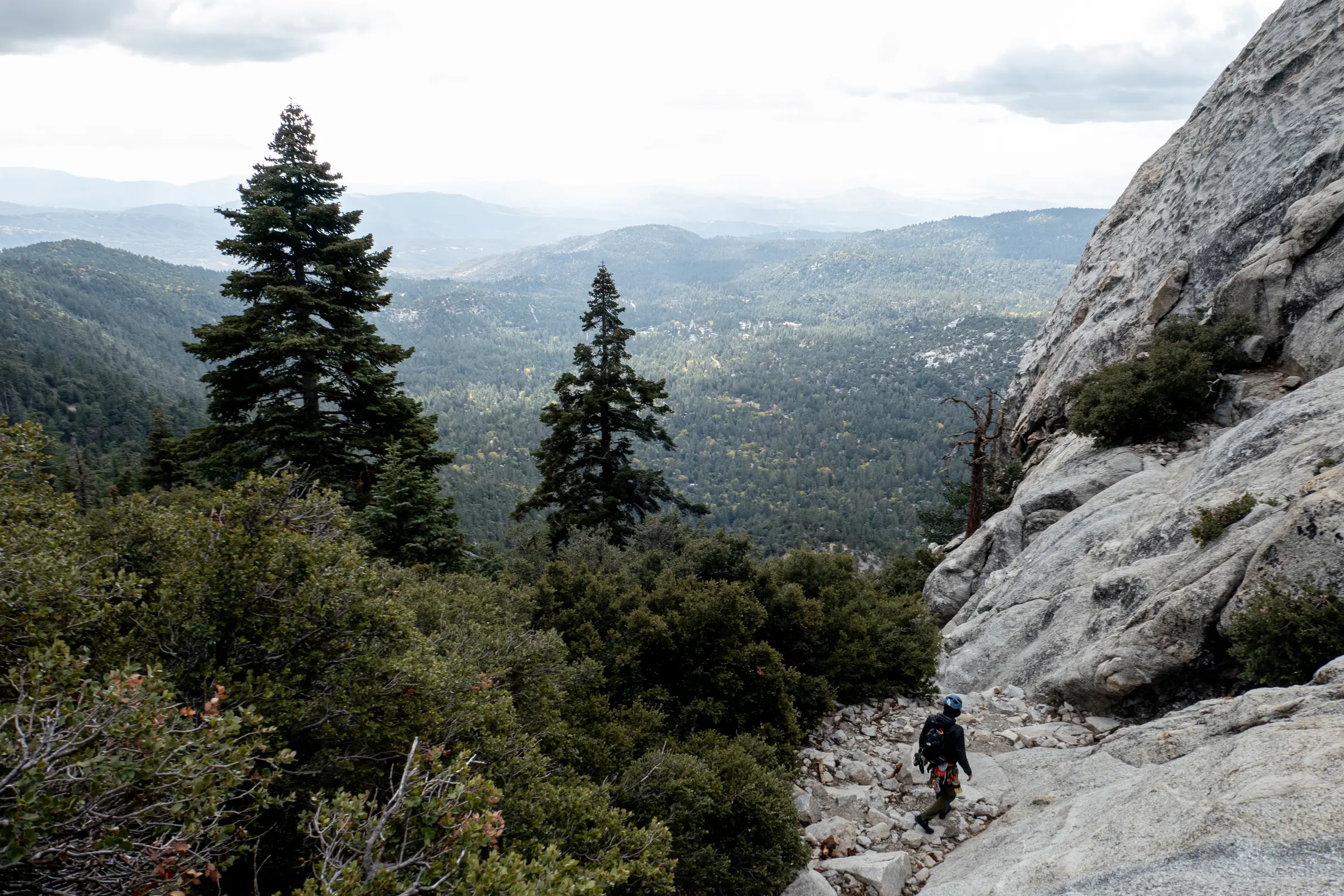
Rope drag was heinous for the final stretch, which luckily was easy, and even took few pieces of gear here and there. I didn’t make it all the way, but close enough for us to short rope to the top. On the descent we rounded the corner just as Michael was approaching the horn, which gave us the opportunity to watch from directly below. Truly a weird and wonky sequence. When you’re looking at it up close it just doesn’t look like it will go, but obviously it does. Back to the packs for snacks and packing, and then the shortest descent we’d ever experienced. It’s like we’re finally getting the hang of this hike!
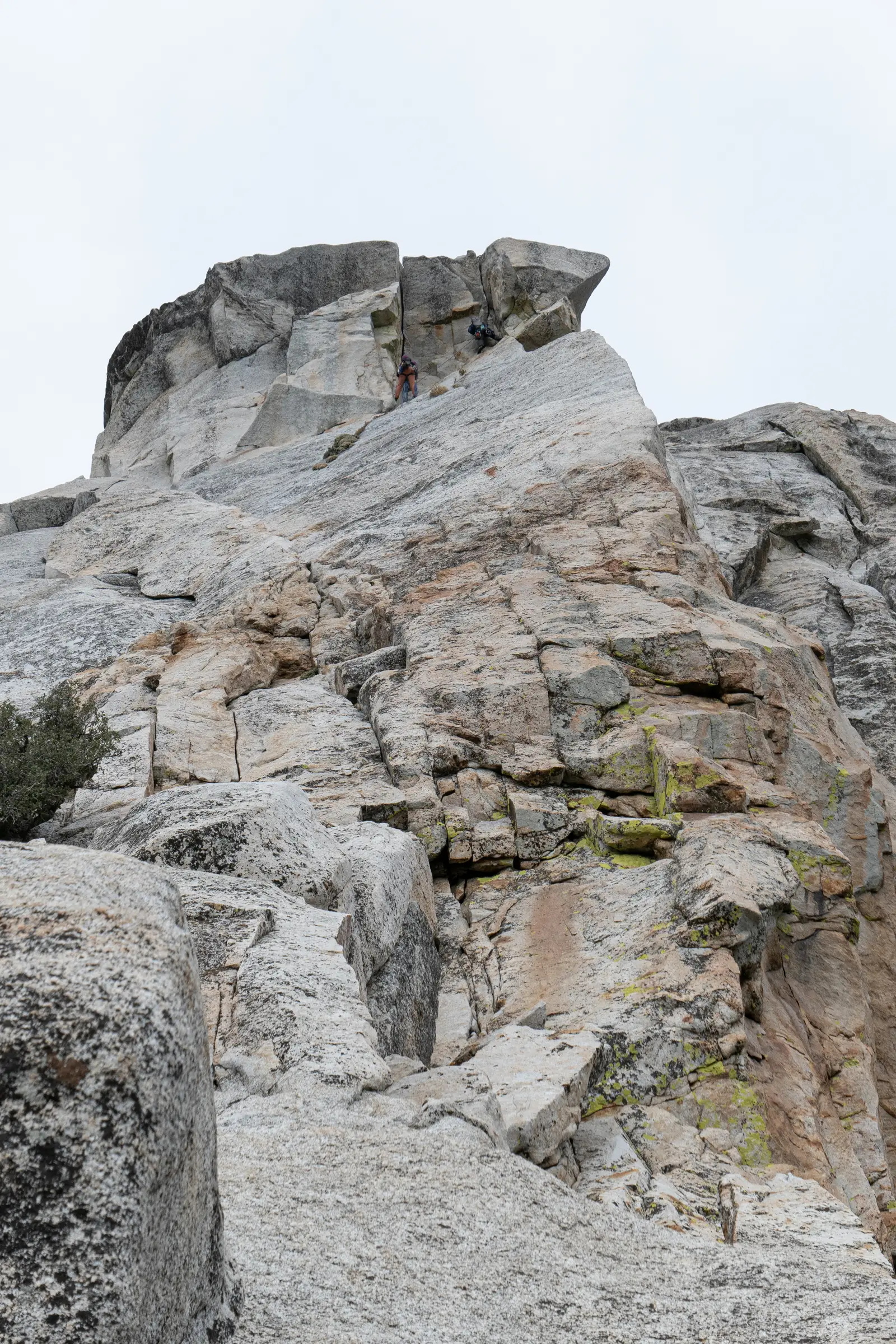
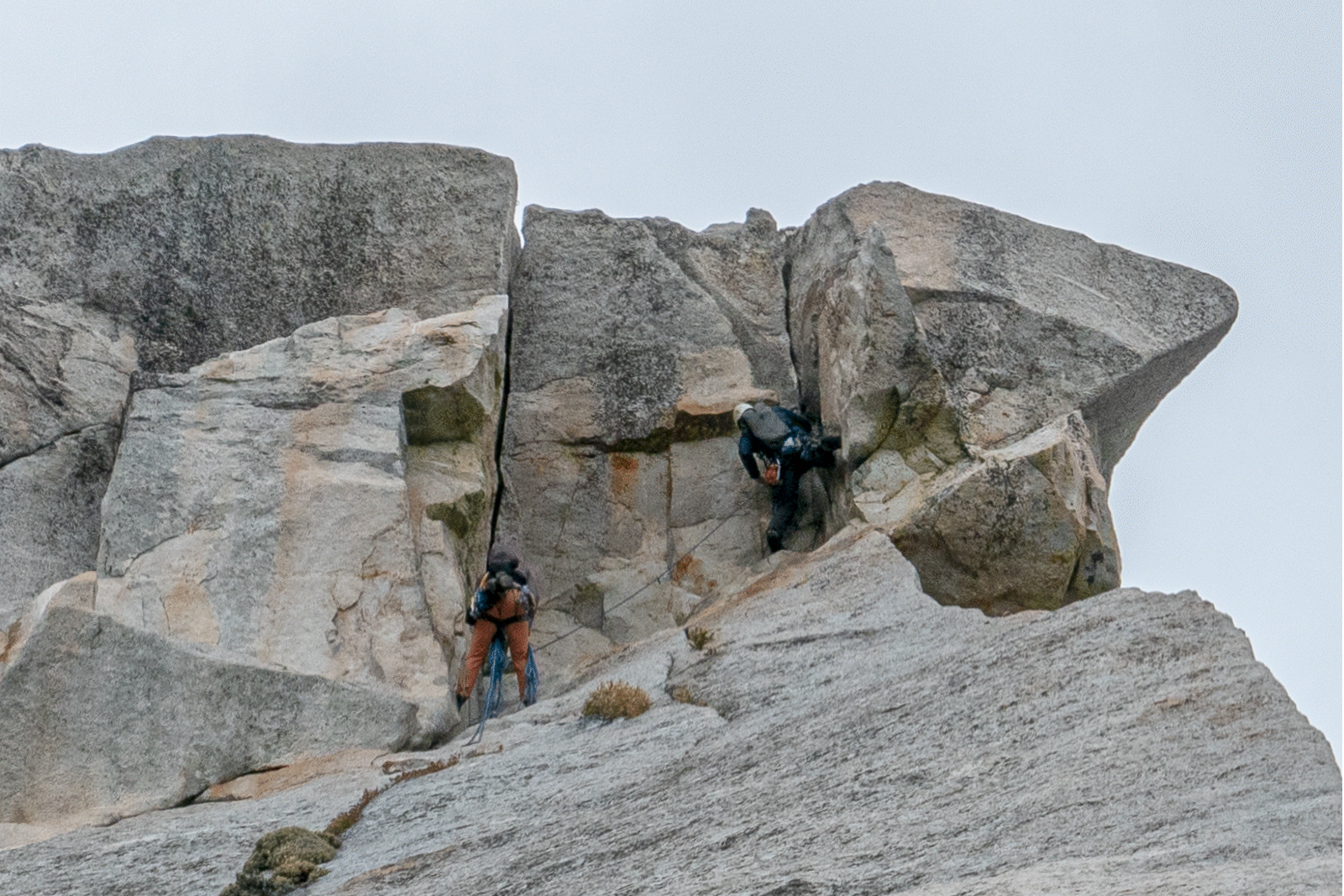

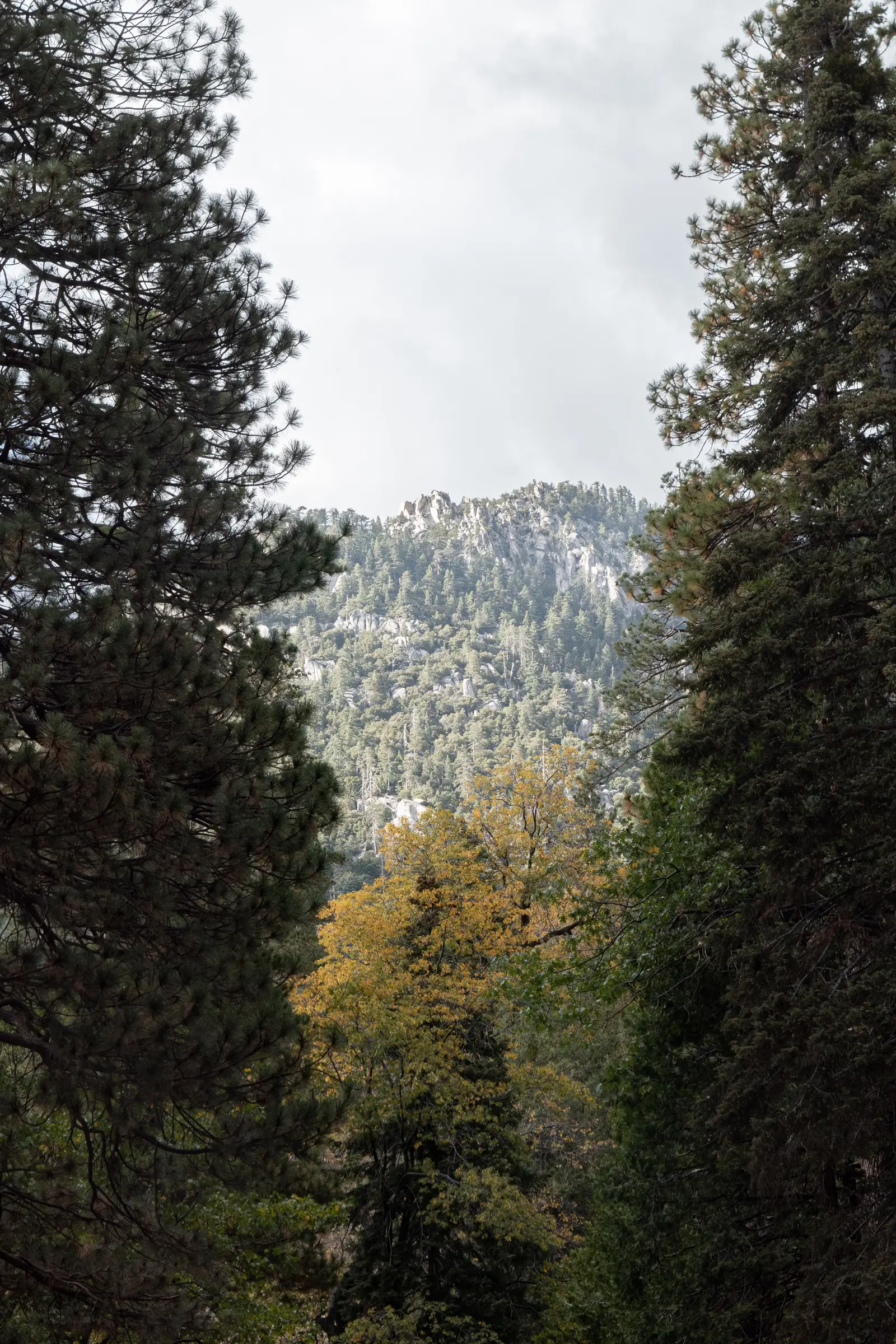
*Emma just clarified this for me: apparently when I fall, it’s very dramatic. When discussing the most memorable fall she’s seen me take I naturally asked “On what climb?” She said, “No, it was that time in garden when we were sitting in chairs with the dog.” I don’t even remember, but apparently I tripped over the dog, and tumbled down four terraced levels, flailing and the whole way. It looks like a total disaster, but it’s just how I flop my body around to dissipate energy to avoid hard hits and impacts. Everybody’s different I guess.
El Camino Real
5.10a – Three pitches – 500′
with Luke
Standard rack
Next time go up (not left) at the first bolt to get more 5.10
Traitor Horn
5.8 – Final pitch – 200′
with Luke
Should pitch out with a belay just below and then above the horn.
Plenty of gear, just look around.
